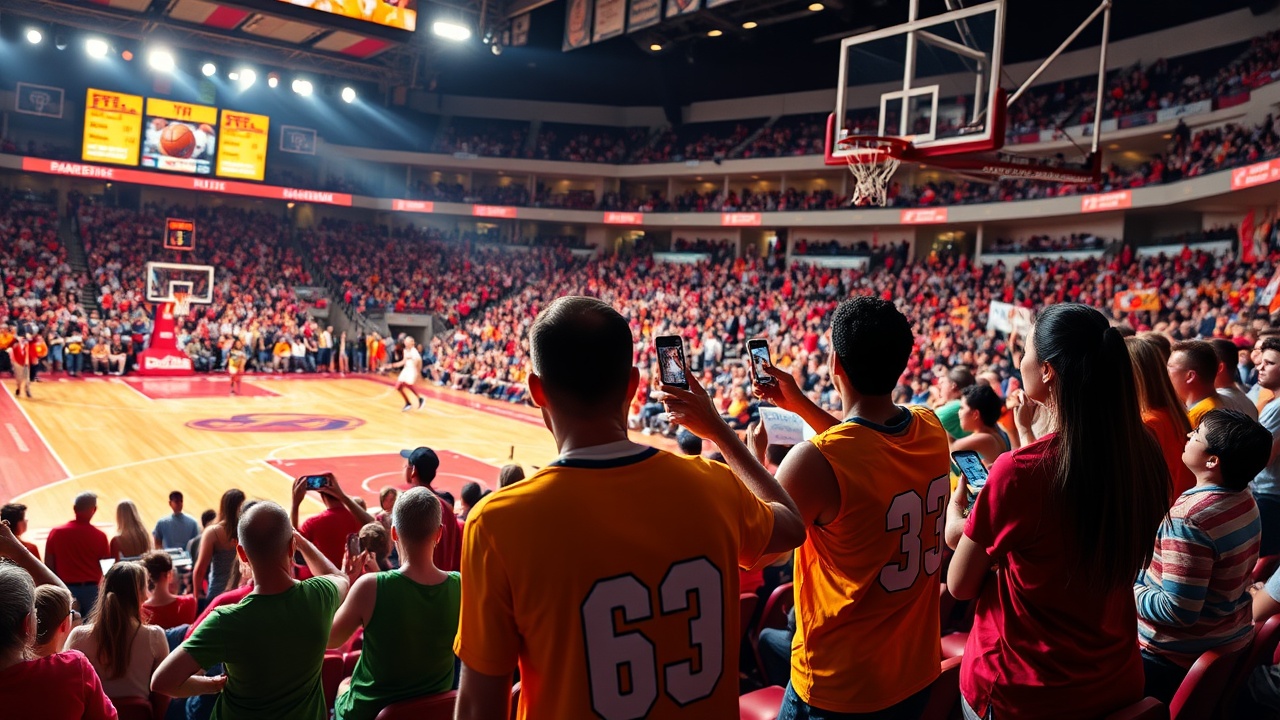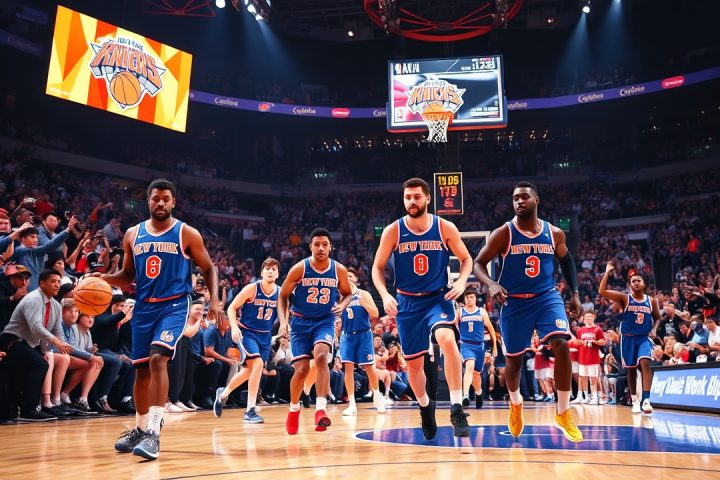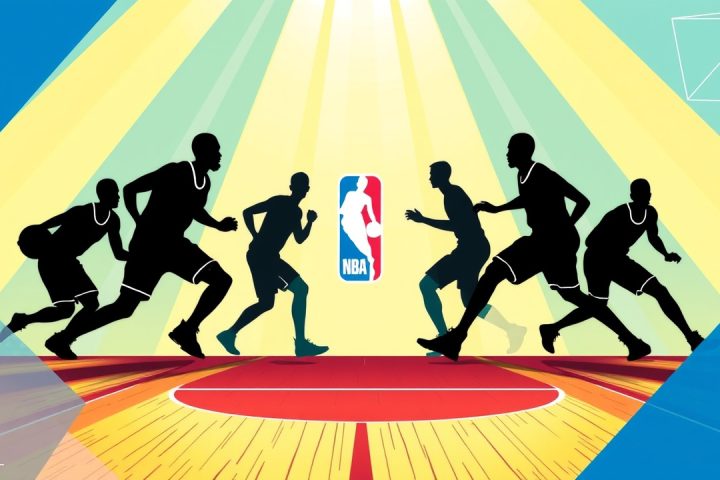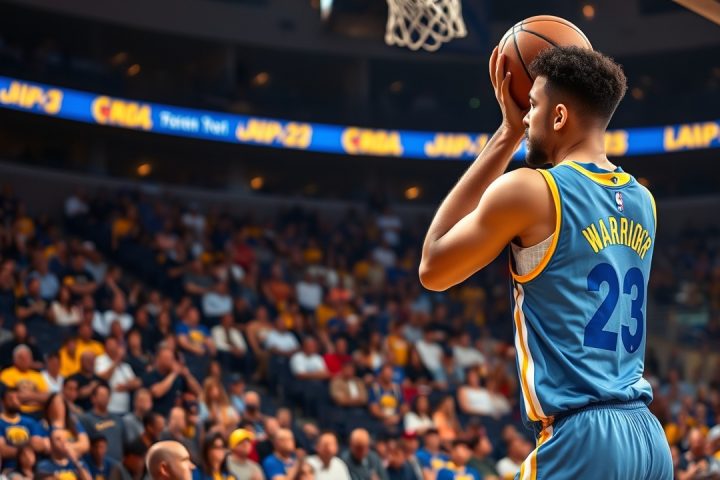NBA Finals in Indianapolis: A Mixed Experience
Last week, Indianapolis was buzzing with excitement as the city hosted the NBA Finals, with Indiana Pacers fans filling the arena for games 3 and 4, exuding enthusiasm and energy. However, those watching from home experienced a less exhilarating atmosphere. The broadcasts, which aired on ABC, lacked the distinctive flair usually associated with the finals, making them blend in with typical playoff or even regular-season matchups.
Missing Elements and Diminished Grandeur
Over the past decade, several hallmark elements of the finals, such as the Larry O’Brien trophy being central to the games, have been absent. NBA Commissioner Adam Silver noted the reason behind the missing decorative touches is due to slippery court decals. Additionally, the usual grandeur with which the finals are presented appears diminished, and there have been constant shifts in the broadcasting crew.
Fan Concerns and the Changing Landscape
While games 1 and 2 were noted for their thrilling moments—especially Shai Gilgeous-Alexander’s standout performance—the overarching concern remains that the sport is losing its significance in the eyes of fans. Discussions among enthusiasts, commentators, and even those in the NBA voice a growing unease about the league feeling more disconnected from its core audience. There is a perception that media attention has increasingly focused on trades and coaching changes, rather than the games themselves, and broadcasts have become saturated with advertisements related to sports betting.
Future Changes and Traditional Elements
To counteract this trend, NBC, the league’s new television partner, plans to reintroduce player introductions to elevate the event’s ambiance. The finals were anticipated as a respite from the ordinary, meant to showcase the beauty and grandeur of NBA basketball. Instead, fans are confronted with an overabundance of corporate branding and advertisements, akin to a NASCAR vehicle covered in sponsorship decals.
Viewership and the Need for Distinction
With two small-market teams competing, viewership ratings for the finals are at historic lows, excluding the pandemic-affected seasons. This lackluster visual presentation has led to discontent among fans who had hoped for a more unique and distinguished finals experience. Comparatively, the NBA’s In-Season Tournament featured vibrant and distinctive court designs that were intended to signal the uniqueness of those games, leaving fans wondering why such creativity is absent during the finals.
Looking Forward
Commissioner Silver is aware of the critiques regarding the finals’ aesthetic. In response, he expressed a desire to reintroduce some of the beloved traditional elements in the future, acknowledging how nostalgic elements can resonate with fans. He remarked on the importance of visuals that reflect the significance of the event, suggesting that as the NBA looks to the future, they may revisit the traditions that made the finals a cultural touchstone.
Conclusion
Ultimately, the current discourse surrounding the NBA Finals conveys a deep-seated wish from fans for the league to maintain the gravitas they believe the championship series should embody. A finals game is a momentous occasion, deserving of a presentation that echoes its importance.




